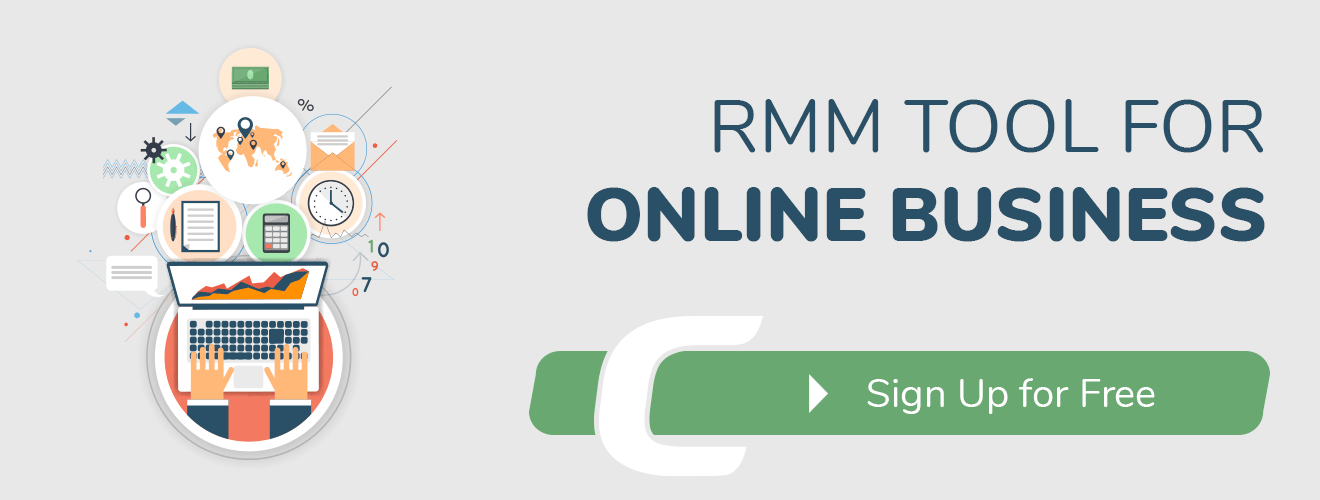Selecting a Remote Monitoring and Management (RMM) tool involves two critical factors. One is getting the right technology and two is ensuring whether your provider is able to meet your current as well as future requirements. If you can find a vendor that is easy to work with and at the same time offers flexible solutions. Moreso, they that make delivering your managed services more efficient, then you are on the right track.
Do these RMM-related pointers seem useful to you? If so, why not try one of the many free RMM tools available online which include all the features listed in this blog and evaluate how your online business progresses.

Benefits of Having Remote Monitoring Tools to your enterprise
How MSPs are benefitted using Remote Monitoring (RMM)
CLOUD BASED IT MANAGEMENT SOFTWARE FOR
MSPs and ENTERPRISE
Remote Monitoring and Management | Service Desk | Patch Management
Now Add Up To 50 Devices for Free
Add new comment